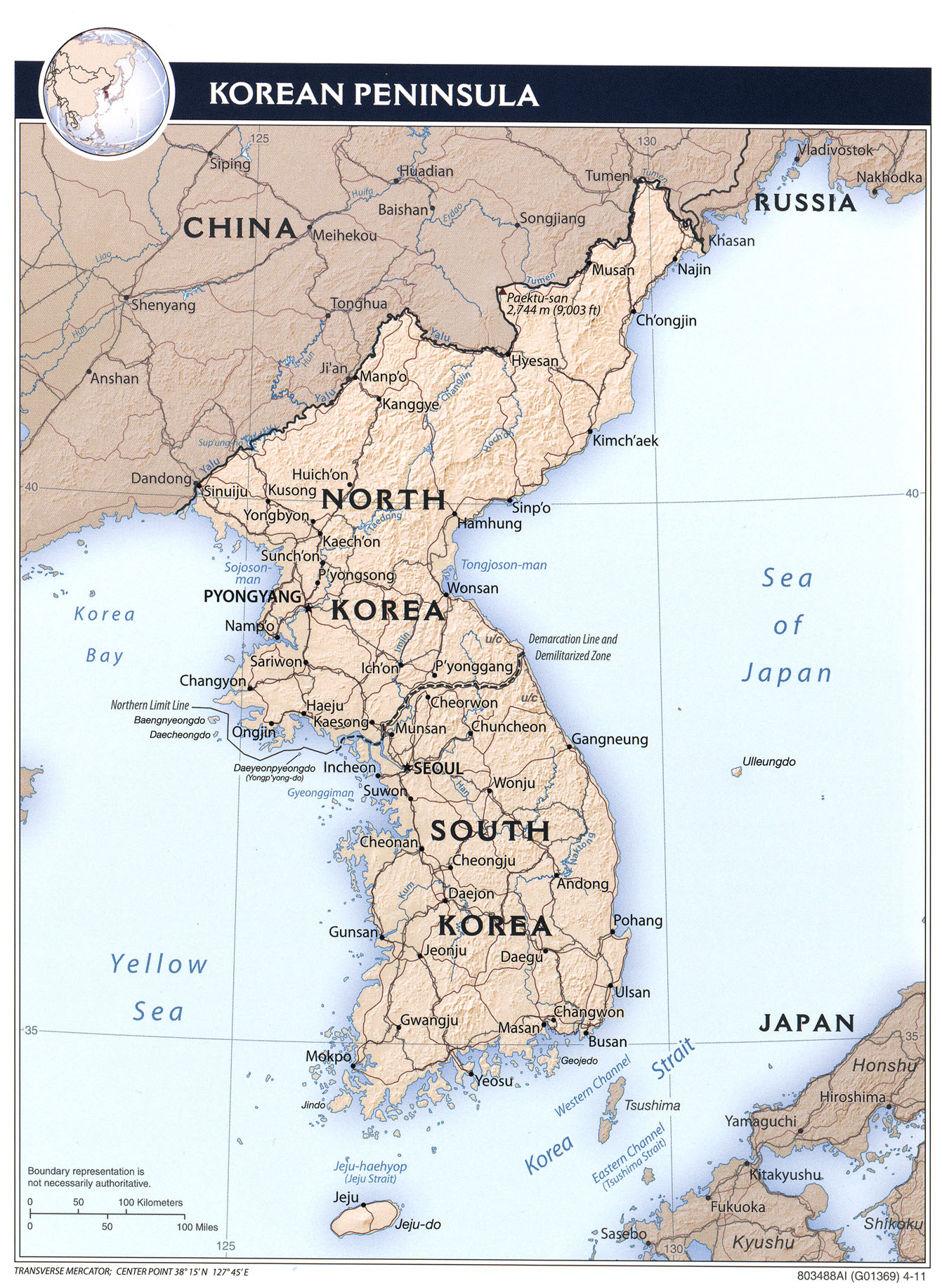Friday, 13 December 2019
UFO News Article:
“Tokyo Air Leader Refuses to
Comment On ‘Disc’ Reports”
22 February 1952
(Nevada State Journal, Reno ,
Nevada
Source: Newspapers.com
The whole article:
“Lt. Gen. O. P. Weyland, Far East Air Forces
commander, said
today his headquarters could ‘add nothing’ to an Air
Force
announcement that ‘flying discs’ had been seen over Korea
B-29 bomber crews.
The crew members wish to remain ‘anonymous,’ Weyland
said.”
My comment: Notice how the United Press journalist
comments (‘add nothing’ and ‘anonymous’) on Lt. Gen. Weyland’s statement. This
is good journalism. Where have the critical journalists (except Billy Cox (http://devoid.blogs.heraldtribune.com/),
Leslie Kean and George Knapp) that cover the UFO issue gone?
A USAAF B-29 Superfortress (text by Wikipedia)
(lib.utexas.edu image)
UFO News Article:
“ ‘Strange Object’ Sighted in Skies by Pilots –
Seen Over Big Delta Wednesday”
12 December 1952
(Fairbanks Daily
News-Miner, Alaska
Source: Newspapers.com
The whole article:
“Three airline pilots reportedly disclosed yesterday
they sighted a mysterious unidentified object ‘that looked like a landing
light’ traveling through the air at ‘a very high rate of speed’ Wednesday
evening [10 December 1952] in the vicinity of Big Delta.
Reliable news sources say the object was reported as
flying at an estimated altitude of 15,000 feet , some 6,000 feet above the
passenger plane.
Called Control
The crew, upon sighting the object, immediately
contacted air defense control by radio and reported the strange light. Yesterday
afternoon the pilots were taken to Ladd field for a two-and-a-half hour
interrogation by high officials there.
The pilots, following a request by the military, made absolutely no comment on the incident and the air force was unwilling to make a public statement.
Denies Report
The pilots, following a request by the military, made absolutely no comment on the incident and the air force was unwilling to make a public statement.
Denies Report
One news source said the mysterious flying object was
picked up by a Ladd field radar installation, but the base public information
office denied the report with the terse release: ‘We have had no reports of any
radar pickup like that.’
The air force said information gathered from the
airline pilots was forwarded to high command for further evaluation. All future
press releases will come from there, they added.”
My comment: Here – we once again have U.S.
NOTE: A U.S. Air Force pilot sighted a UFO (Project Blue Book
NOTE: A U.S. Air Force pilot sighted a UFO (Project Blue Book
case) over Ladd Air Force Base [Ladd Army Airfield] on
8 December 1952. Radar also showed the UFO (see link below).
8 December 1952. Radar also showed the UFO (see link below).
Wikipedia article: “Big Delta, Alaska
Wikipedia article: “Ladd Army Airfield”:
Quote from the Wikipedia article:
“Ladd Army Airfield (IATA: FBK, ICAO: PAFB,
FAA LID: FBK) is the military airfield located at Fort Jonathan
Wainwright, located in Fairbanks ,
Alaska
History
Origins
The major use of Ladd Field was primarily cold-weather
testing of aircraft and equipment. Only Interior Alaska offered the
consistently cold temperatures needed. However, the Attack on Pearl Harbor in
December 1941 forced the temporary halt on testing at Ladd since the military
needed all aircraft for the defense of Alaska
World War II
When the Air Force was made a separate branch in 1947
the name was changed to Ladd Air Force Base. For many years, it would be one of
two Air Force bases in the Fairbanks
Cold War
From the late 1940s into the 1950s, Ladd AFB served as
the northern hub for Air Force activities in Alaska
Ladd was not exclusively an Air Force site. The Army
was also present to provide antiaircraft (AAA) support and base defense. At
Ladd, Cold War activities fell mainly into three time periods: an early phase
from 1946–1950; a buildup and support hub phase from 1950–1957; and a transfer
phase from 1958–1961, when the installation was turned over to the Army.
During 1946-1950, personnel from Ladd laid some of the
groundwork of the early Cold War with strategic reconnaissance and Arctic
research projects. Among other missions, they made initial assessments of the
Soviet presence in the Arctic ; more fully
developed the practice of polar navigation; extended Arctic topography; tested
cold weather equipment, clothing, and human performance, as well as maintained
the area air defenses of the region.
In 1948, as Cold War tensions heightened, the Army's
2nd Infantry sent ground defense soldiers to Ladd.
From the onset of the Korean War in 1950 and
continuing through 1957, Ladd saw intense use. It became a busy operations and
logistics center with significantly expanded facilities and personnel strength.
As the northern region headquarters of the 11th Air Division, the base was the logistical support center forAlaska Galena , Alaska
As the northern region headquarters of the 11th Air Division, the base was the logistical support center for
Related
posts:
Aerial view of Big Delta region [Alaska
Subscribe to:
Comments (Atom)



